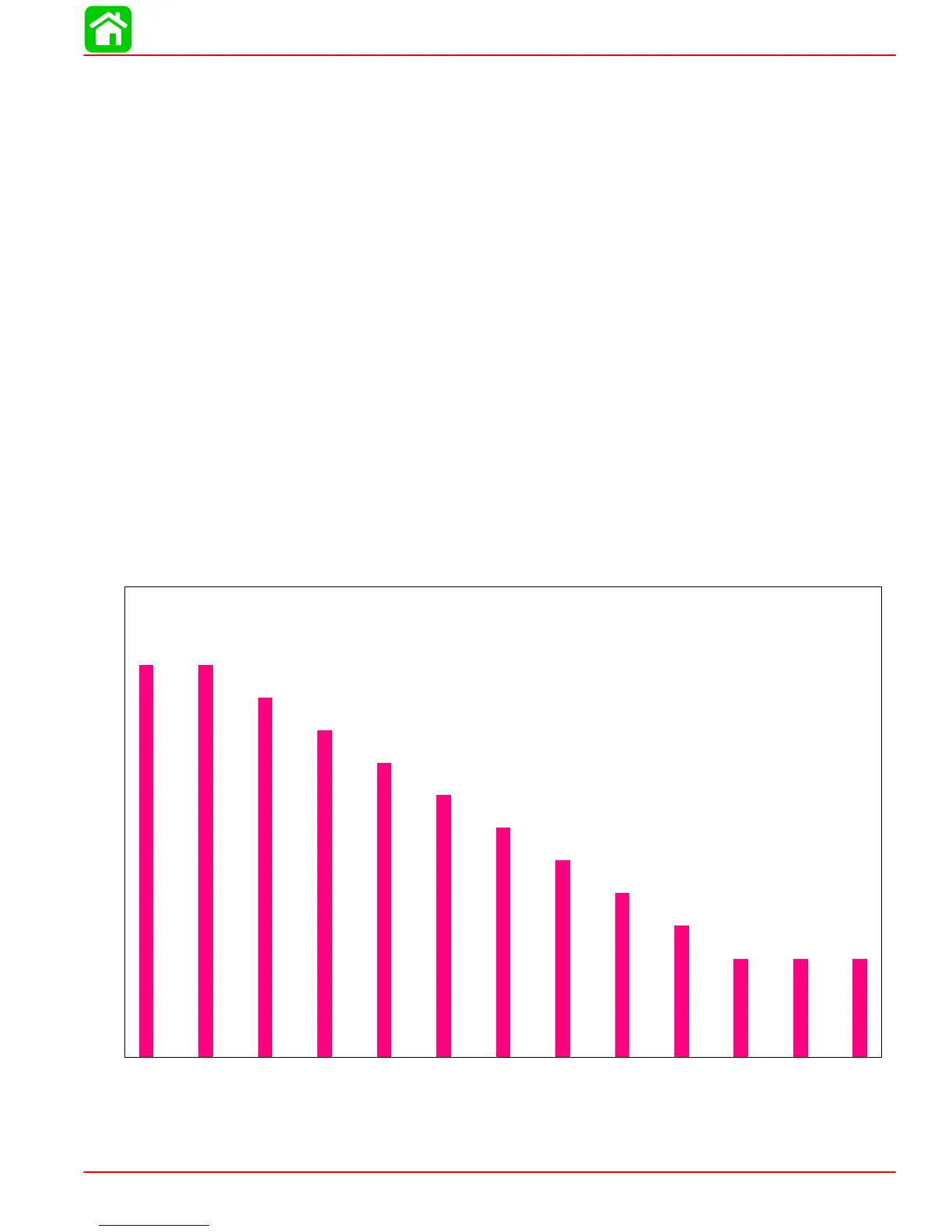EMISSIONS
90-857138R1 MAY 2000 Page 3C-3
Stoichiometric (14.7:1) Air/Fuel Ratio
In the search to control pollutants and reduce exhaust emissions, engineers have discov-
ered that they can be reduced effectively if a gasoline engine operates at an air/fuel ratio
of 14.7:1. The technical term for this ideal ratio is stoichiometric. An air/fuel ratio of 14.7:1
provides the best control of all three elements in the exhaust under almost all conditions.
The HC and CO content of the exhaust gas is influenced significantly by the air/fuel ratio.
At an air/fuel ratio leaner than 14.7:1, HC and CO levels are low, but with a ratio richer than
14.7:1 they rise rapidly. It would seem that controlling HC and CO by themselves might not
be such a difficult task; the air/fuel ratio only needs to be kept leaner than 14.7:1. However,
there is also NOx to consider.
As the air/fuel ratio becomes leaner, combustion temperatures increase. Higher combus-
tion temperatures raise the NOx content of the exhaust. But, enrichening the air/fuel ratio
to decrease combustion temperatures and reduce NOx also increases HC and CO, as well
as lowering fuel economy. So the solution to controlling NOx - as well as HC and CO - is to
keep the air/fuel ratio as close to 14.7:1 as possible.
OUTBOARD HYDROCARBON
EMISSIONS REDUCTIONS
8 1/3% PER YEAR OVER 9 MODEL YEARS
0
20
40
60
80
100
120
96 97 98 99 2000 01 02 03 04 05 06 07 08

